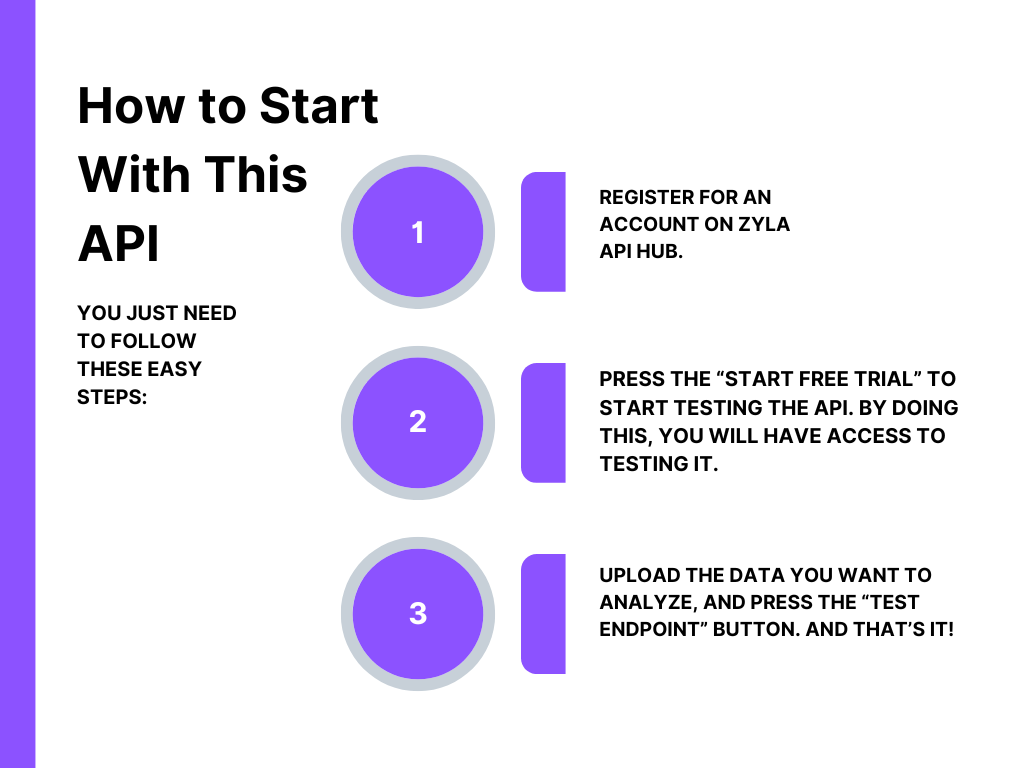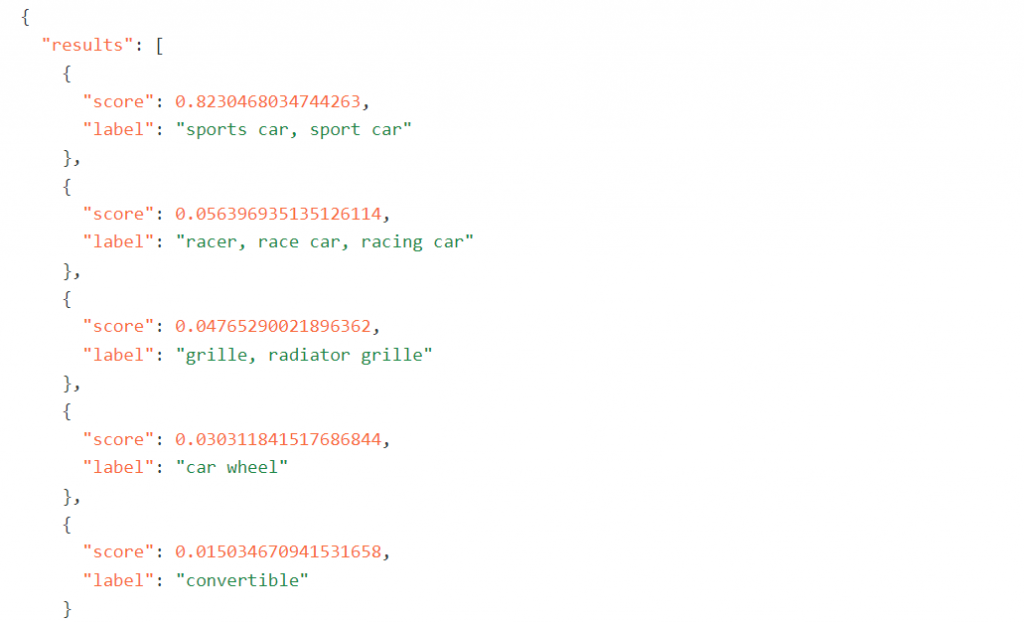One remarkable achievement in this domain is the development of Object detection APIs, which have revolutionized various industries by enabling real-time object detection. This technology holds immense potential, from enhancing security systems and improving autonomous vehicles to transforming the way we shop online. This article delves into the fascinating realm of real-time object detection using Object detection APIs, exploring their benefits and discussing why the Object Recognition API stands out as a premier choice.
The Power of Real-Time Object Detection

Real-time object detection is the process of identifying and localizing objects within a given visual input, whether it’s a live video feed or a static image. This technology has the potential to bring about transformative changes across industries. For instance, in the realm of security, real-time object detection can bolster surveillance systems by instantly recognizing unauthorized individuals or objects in restricted areas.
In the field of autonomous vehicles, it plays a pivotal role in identifying pedestrians, other vehicles, and obstacles, ensuring safe navigation. Additionally, real-time object detection finds its application in e-commerce, enabling consumers to shop directly from their surroundings by recognizing and providing information about products.
Object Recognition API: The Best Choice for Real-Time Detection
Amid the myriad of APIs available, the Object Recognition API stands out as a preeminent solution for real-time object detection. There are several compelling reasons why this Object detection API is the preferred choice:
Accuracy and Precision: Object Recognition API is built upon advanced machine learning algorithms, including convolutional neural networks (CNNs) and deep learning models. These algorithms have been trained on vast datasets, allowing them to recognize objects with a remarkable level of accuracy and precision.
Speed and Efficiency: Real-time applications demand high-speed processing capabilities. Object Recognition API is designed for efficiency, providing rapid object detection results in a matter of milliseconds. This is crucial in scenarios where immediate actions or decisions are required based on the detected objects.
Flexibility and Customization: Different use cases require different object recognition models. The Object Recognition API offers a degree of flexibility, allowing developers to fine-tune and customize the models according to their specific needs. This adaptability ensures optimal performance in diverse environments and scenarios.
Ease of Integration: Integrating the Object Recognition API into your application is often a straightforward process. Many providers offer well-documented APIs and libraries that make it relatively easy for developers to incorporate object detection functionality into their projects, whether it’s a mobile app, a web application, or an embedded system.
See The Following Steps To Start To Use This API

Running the ensuing test will allow you to examine how this API functions. In this case, you can submit an image of cars to the test endpoint and then examine the score of the recognized objects.

Real-time object detection is transforming industries by enhancing security, enabling autonomous systems, and revolutionizing the way we interact with our surroundings. The Object Recognition API stands at the forefront of this technological revolution, offering unparalleled accuracy, speed, and flexibility. Its advanced machine learning algorithms, combined with its adaptability and continuous improvement, make it the ideal choice for implementing real-time object detection in a wide array of applications.
As we move forward into a world increasingly reliant on visual data, the Object Recognition API will undoubtedly play a pivotal role in shaping our technological landscape. Embracing this technology opens the door to a future where computers can not only “see” but also understand the visual world in real time, unlocking new dimensions of innovation and possibilities.


